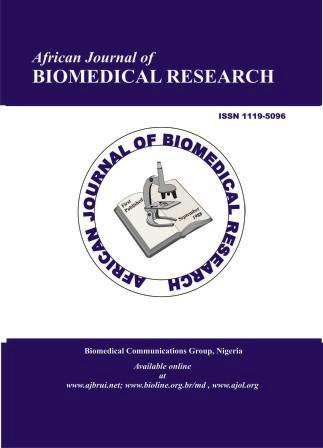Comparison Of Effect Of Early Versus Late Surgery After Neo Adjuvant Therapy In Carcinoma Oesophagus
DOI:
https://doi.org/10.53555/AJBR.v28i1.5986Keywords:
Early, Late, Surgery, Neo Adjuvant Therapy, Carcinoma OesophagusAbstract
Introduction: Oesophageal carcinoma accounts for approximately 6 % of all gastrointestinal malignancies. Worldwide, oesophageal cancer is the eighth most common cancer. In India, it is the fourth most common cause of all cancer-related deaths. Aims and Objectives: To compare the effect of early (< 6 weeks) versus late (>6 weeks) surgery after neo adjuvant therapy in carcinoma oesophagus followed by perioperative complications and rate of R0 resection. Material and Methods: The present interventional study of resectable carcinoma esophagus patients who underwent neoadjuvant therapy (NACTRT/NAC) before surgery and further randomized into two groups: Group-A (≤6 weeks) and Group-B (>6 weeks) was conducted in the Department of Radiation Oncology, Lok Nayak Hospital, and department of Gastrointestinal Surgery and Pathology in G.I.P.M.E.R., Maulana Azad College, New Delhi from October 2018 to October 2019. Out of 52 patients with esophageal carcinoma, 24 eligible patients included out of which 3 patients absconded during or after neoadjuvant therapy (NAT), 5 patients died during or after NAT. Results: Mean hospital stay was less in arm B (30 days vs 46 days). Patients requiring oxygen support >10 days were less in arm B (14%vs 25%). The overall perioperative complication rate was less in arm B(43% vs 75%). The onset of FJ Feeding and oral feeding was similar in both arms. Clavein –Dindo scoring of post-op complications was similar in both arms. Post-operative higher pT stage was observed in arm B (71.4% vs 50 % for pT3). Rate of achieving clear margins was better in arm A (75% vs 57%). Pathological response grading post-NAT was poor in both arms (75% in arm A vs 71 % in arm B for grade 3). Disease-free survival at 3 months follow up was similar in both arms (75% in arm A vs 71% in arm B). Overall survival at 3 months follow up was better in arm A (100% vs 85%). Conclusion: Study concluded that carcinoma esophagus has well defined epidemiological risk factors with smoking, tobacco, alcohol, and low socioeconomic status accounting for other causes. Symptomatic clinical presentation usually correlates with the advancement of the disease. Surgery remains the cornerstone for the curative treatment of esophageal cancers but multimodality treatment is the need of the hour for better outcomes.Downloads
Published
2025-01-07
Issue
Section
Research Article
License
Copyright (c) 2024 Dr. Nitish Kumar, Dr. Kishore Singh, Dr. Arun Kumar Rathi, Dr. Sundeep Singh Saluja (Author)

This work is licensed under a Creative Commons Attribution 4.0 International License.
How to Cite
Comparison Of Effect Of Early Versus Late Surgery After Neo Adjuvant Therapy In Carcinoma Oesophagus. (2025). African Journal of Biomedical Research, 28(1), 146-157. https://doi.org/10.53555/AJBR.v28i1.5986









